When Apple Vision Pro was first released earlier this year, drone enthusiasts were quick to explore its potential for enhancing their flying experience. However, the initial version of the headset, while promising, fell short in several areas. The first iteration of Vision OS, Apple’s operating system for the Vision Pro, lacked many features that users had come to expect from other Apple devices.
The Evolution of Vision OS
Vision OS 1, in its infancy, was a half-finished product. Simple functionalities like rearranging app icons were absent, limiting user customization. However, after about six months on the market and following WWDC, Vision OS 2 has addressed many of these limitations:
- Manual icon arrangement
- Bigger screens when connecting to a Mac
- Mouse support for more precise control
- Native ability to see your iPhone screen as a floating window within Apple Vision Pro
These additions have significantly improved the user experience, bringing the Vision Pro closer to the functionality we’ve come to expect from other Apple devices.
Streamlined Drone Flying Experience
The process of using Apple Vision Pro for drone flying has been drastically simplified with Vision OS 2. Previously, users had to go through a cumbersome setup involving a laptop and Wi-Fi connection:
- Cast the iPhone to a Mac display
- Connect the Apple Vision Pro headset to the laptop as a virtual display
This setup was impractical for frequent drone flights, whether for fun or work. Vision OS 2 has streamlined this process entirely.
The New Setup Process
- Open the control center on your iPhone
- Go to the screen mirroring section
- Select Apple Vision Pro
Now, within Apple Vision Pro, users can see their iPhone screen, including the DJI fly application, as a floating window. This window can be resized and positioned anywhere within the user’s field of view.
Improved Latency and Multitasking
One of the most significant improvements is the reduction in latency. The native compatibility provides a seamless connection with virtually no delay, allowing for real-time drone control and monitoring.
Additionally, Vision OS 2 enables multitasking while flying. Users can:
- Open Flight Radar 24 to monitor air traffic in the area
- Use apps like Autopilot to check airspace restrictions
- Maintain situational awareness while having a large, clear view of the drone’s feed
Comparisons and Considerations
While dedicated FPV goggles like the DJI Goggles 3 offer a fully immersive experience, they lack situational awareness. Apple Vision Pro strikes a balance, providing a large, clear view of the drone feed while maintaining peripheral vision of the surroundings.
However, there are some considerations:
- The Apple Vision Pro may be too premium for rough, everyday drone flying use
- Occasional pixelation in the feed, especially at longer distances
- The headset’s delicate construction requires more careful handling compared to plastic FPV goggles
Future Possibilities
The potential for shared experiences with multiple Apple Vision Pro users could open up new collaborative possibilities in drone flying and beyond.
Vision OS 2 has made Apple Vision Pro a game-changer for drone flying. The ease of setup, low latency, and multitasking capabilities make it a viable and attractive option for drone enthusiasts. While it may not replace dedicated FPV goggles for all users, it offers a unique and powerful alternative that bridges the gap between immersive flying and situational awareness.
As with any new technology, there’s room for improvement, but the rapid progress from Vision OS 1 to 2 suggests a bright future for Apple Vision Pro in the world of drone flying.
Discover more from DroneXL
Subscribe to get the latest posts sent to your email.
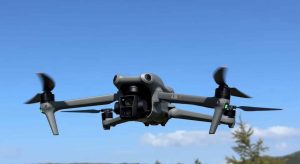
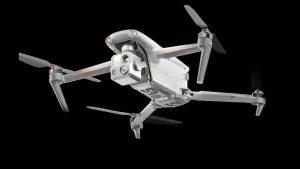
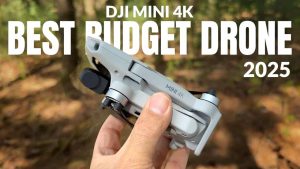

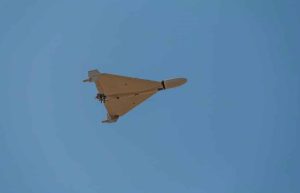
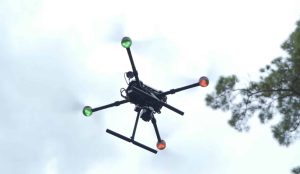
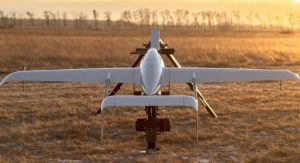
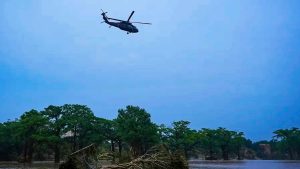



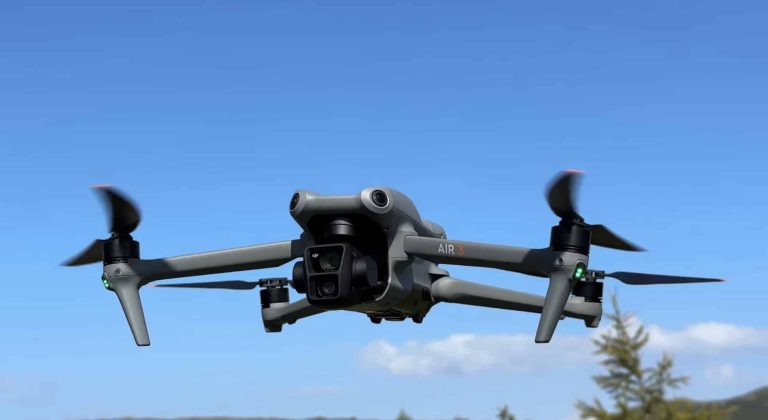
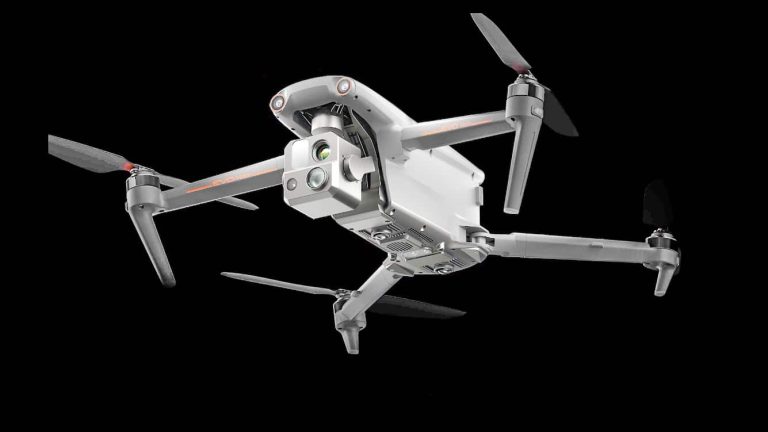
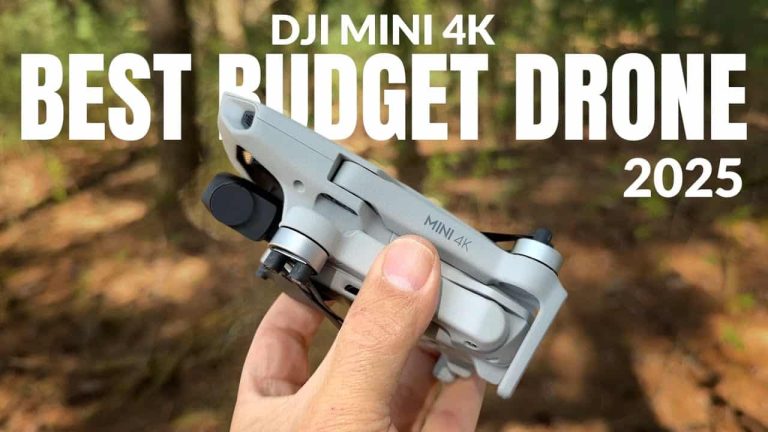




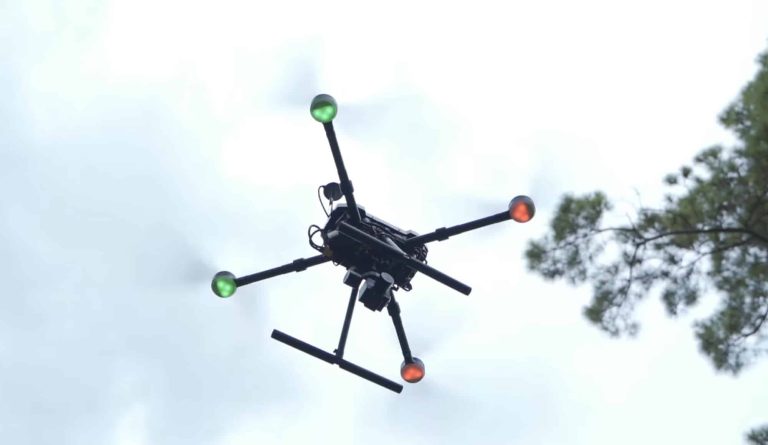
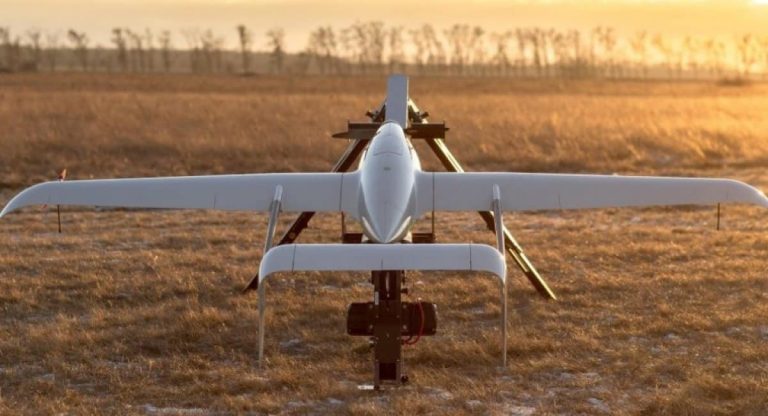

+ There are no comments
Add yours